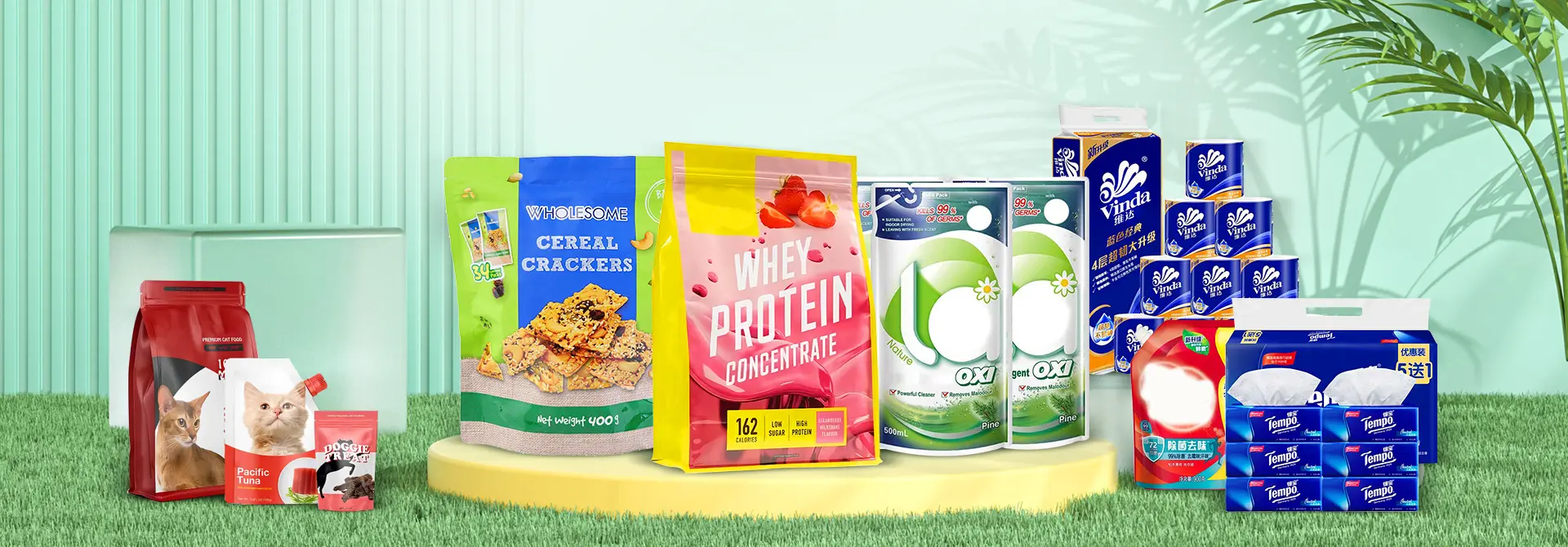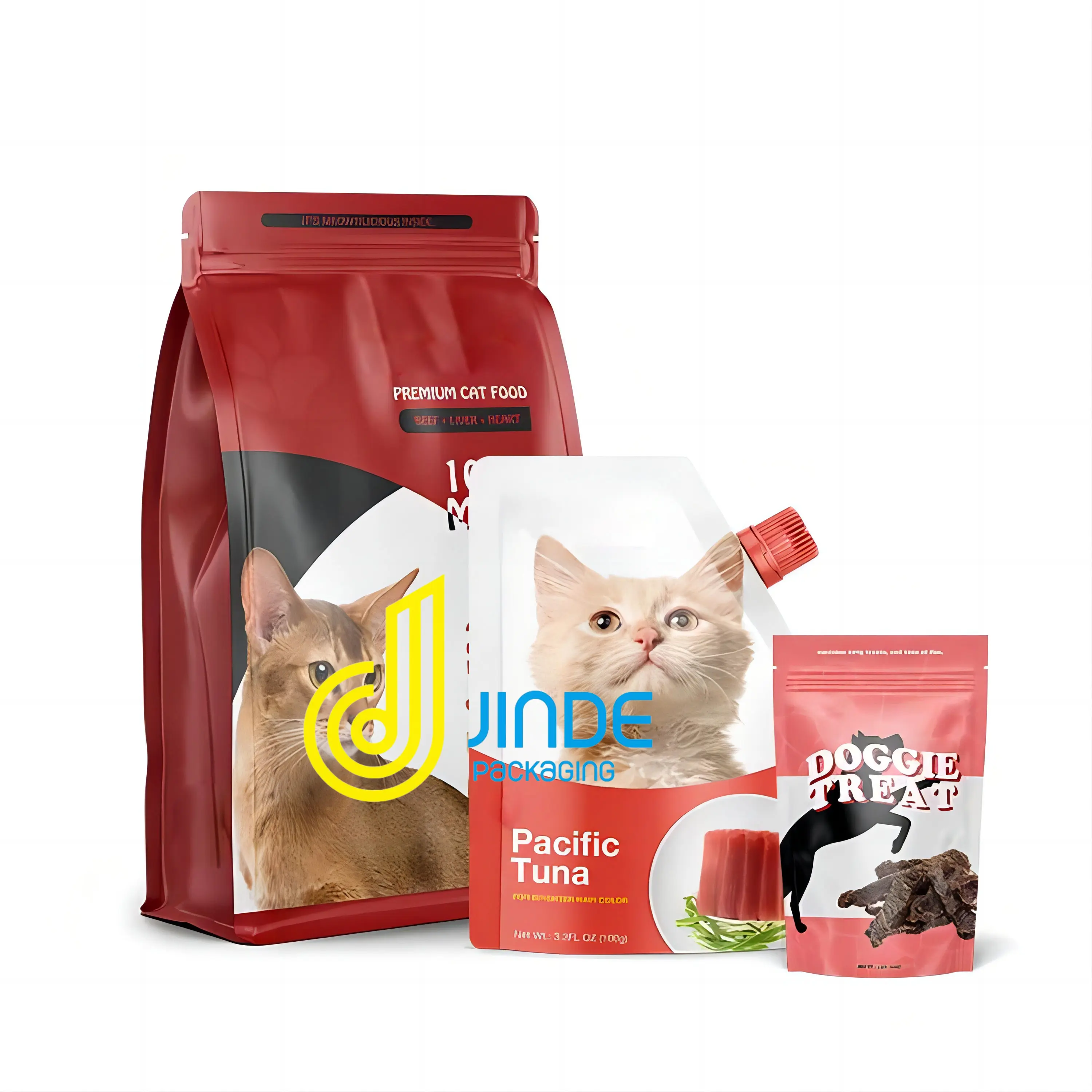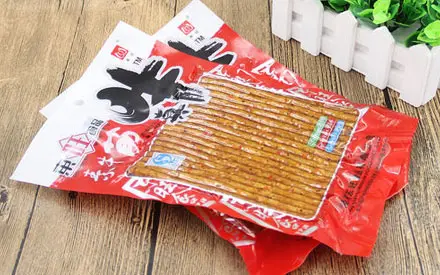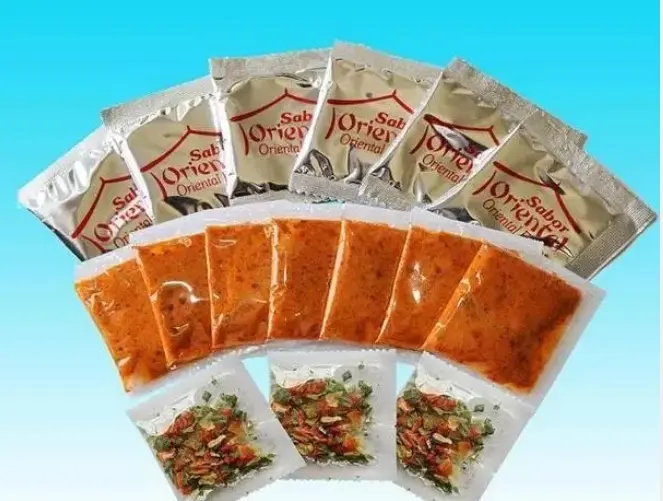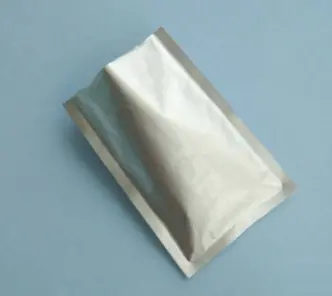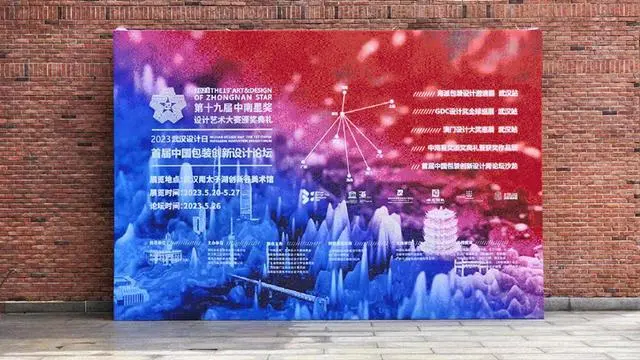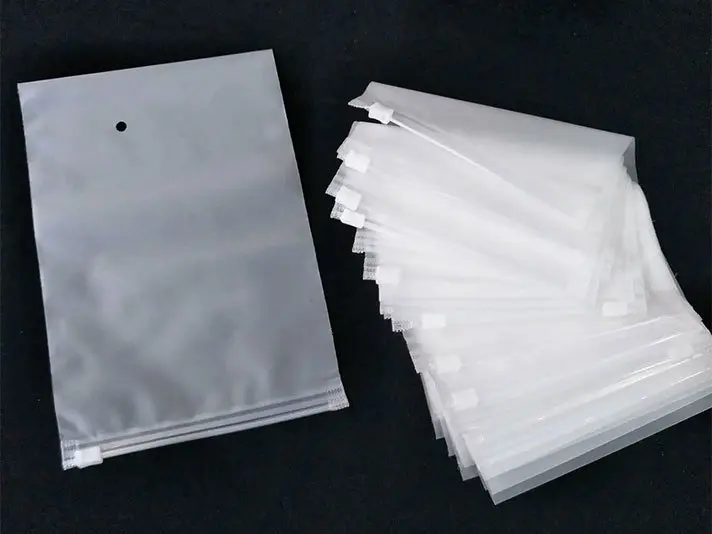What is the printing process for packaging bags?
The commonly used packaging printing processes include the following four types.
1、 Gravure printing
Gravure printing is a plate making technique in which an image is engraved into a concave shape on the surface. Ink is directly filled into the concave pits of the gravure and then directly pressed onto the substrate. The characteristics of gravure printing are thick and clear ink layer, strong three-dimensional sense, and gravure printing is carried with ink through the grooves that need to be separately engraved on the product, which is not easy to imitate and forge, and has strong anti-counterfeiting properties.
Gravure printing is mainly used for printing flexible packaging and is now widely used in packaging bags for food and pharmaceutical industries. Its substrate range is wide, including paper, plastic, and high-end tin foil packaging paper.
2、 Offset printing
Lithography is a printing process developed based on the principle of mutual exclusion between oil and water. The flat printing plate does not have grooves, but rather all parts are on a horizontal line. The printing parts of the plate are ink and water repellent, while the blank parts are the opposite. Through selective adsorption of oil and water by different parts of the plate, it achieves water oil balance on the same plane. Lithography printing is low-cost because it does not require engraving on the surface of the printing plate, and can undertake large quantities of packaging processing. The printed graphic and textual imprints are clear and complete.
Lithography printing is suitable for printing products with both graphics and text, such as picture books, books, advertisements, newspapers, etc. It is widely used in the packaging field on various paper packaging boxes and handbags.
3、 Screen printing
Screen printing uses screen engraved plates and printing materials, and obtains graphics through scraping printing. When printing, ink is injected into one end of the screen printing plate, and a scraper is used to apply pressure to the ink area while uniformly moving towards the other end of the screen. The ink is then squeezed from the mesh onto the printed material. The advantage of screen printing is that the screen can adhere to various shapes of objects, so it can print on curved surfaces. At the same time, screen printing can use a mixture of various inks and coatings, such as light resistant pigments that can be mixed into the ink, making screen printed products have a great advantage in light resistance.
Screen printing is widely used due to its strong adaptability. Text decorations on surfaces such as clothing, shoes, appliances, ceramics, glass, and floor tiles are almost all printed using screen printing. In the field of packaging, silk screen printing is commonly used for high-end packaging boxes and bottles, such as holiday gift boxes, cigarette boxes, wine boxes, etc.
4、 Letterpress printing
Convex printing and gravure printing are exactly the opposite, with the text and image parts of the printing plate protruding from the surface. It can be understood as a "big seal", but the way of "stamping" has changed from manual operation to printing machine operation. The characteristic of relief printing is that the ink color is thick and has good color rendering on rough substrates.
Letterpress printing has been applied in trademarks, newspapers, and decorative materials, and is mainly used for printing flexible packaging in the packaging industry, such as glass paper, corrugated paper, paper bags, plastic packaging, etc.
What issues should be paid attention to when printing packaging bags?
There are different types of polyurethane ink, and suitable raw materials should be selected according to the performance characteristics of each type. For example, polyurethane surface printing ink has poor water resistance and oil resistance, and cannot be used for liquid packaging.
When printing, it is necessary to strictly adhere to the original manuscript, ensuring ink balance, even ink color, full dot density, and no printing faults such as scratches, dirt, patterns, and paste;
Ink color has a direct impact on printing quality, and poor ink color can directly affect aesthetics and consumption. Therefore, when printing, it is necessary to comply with ink color standards to ensure the printing effect;
In order to ensure the printing quality of liquid packaging film, process control should be carried out on printing tension, printing pressure, printing speed, etc. during printing to maintain the stability of the printing process and ensure printing quality;
The printing workshop environment can have an impact on the functionality of the substrate and ink. If the environment is too dry, it can cause printing difficulties, so it is necessary to control the printing environment reasonably.

 中国
中国
